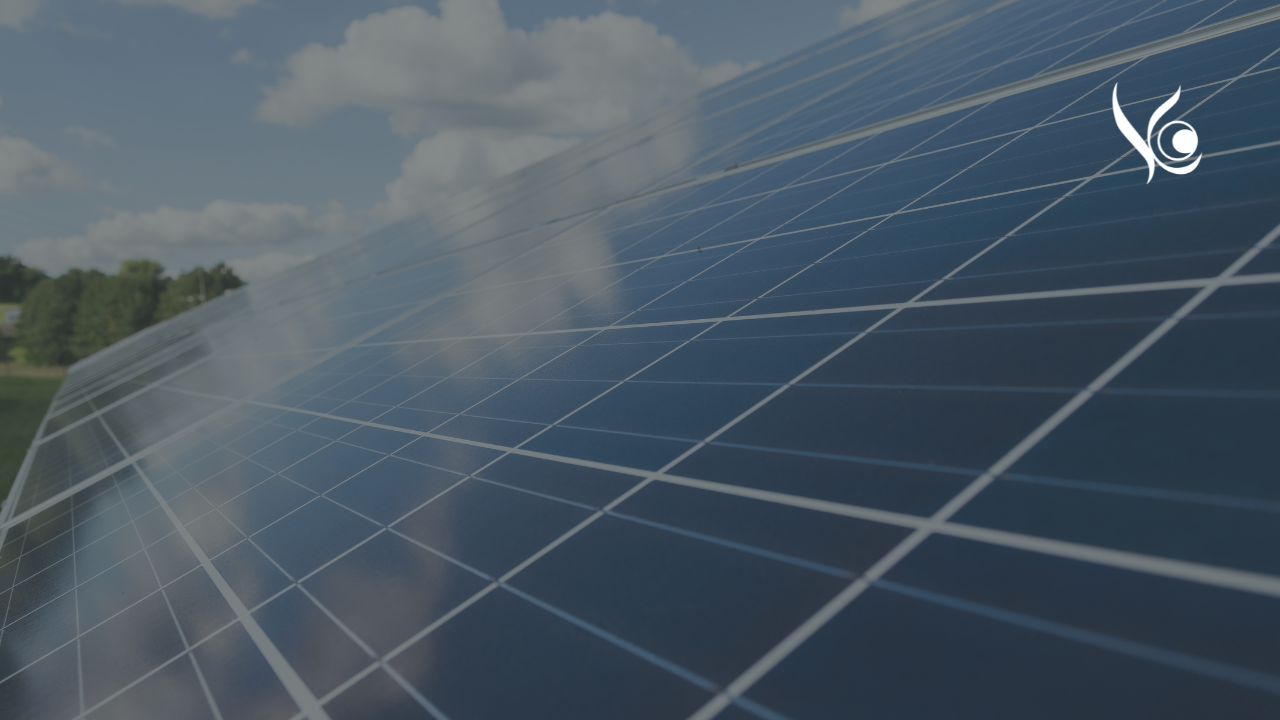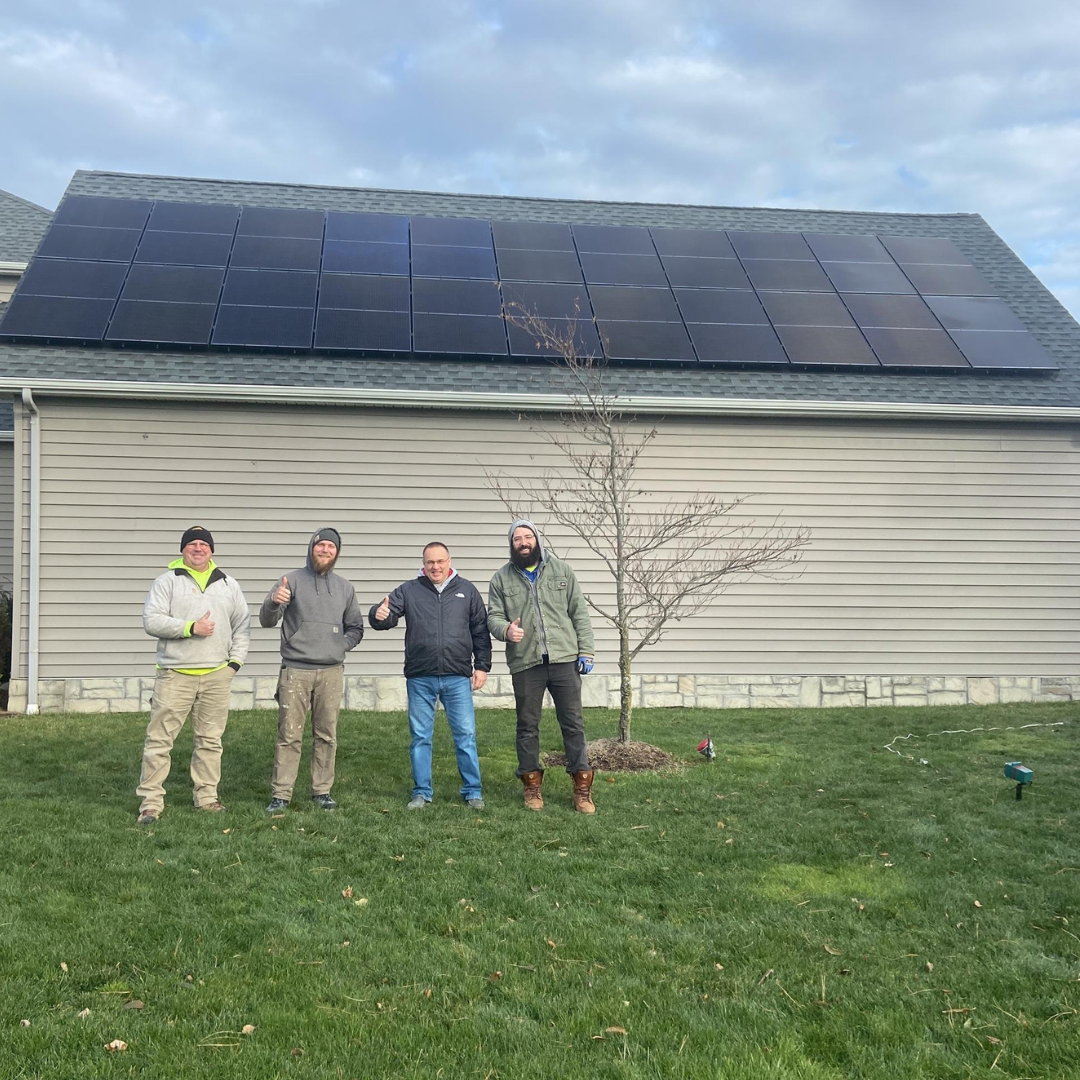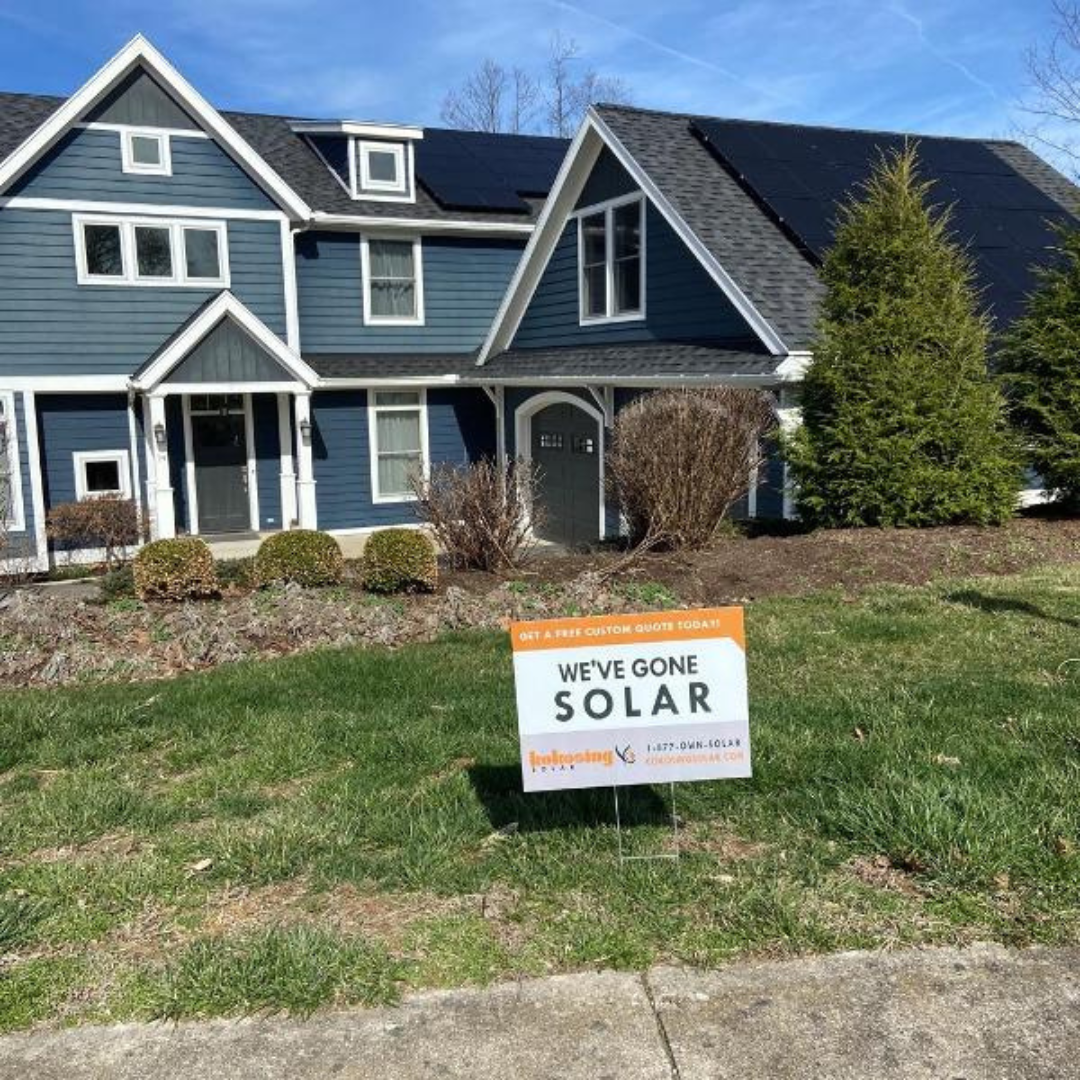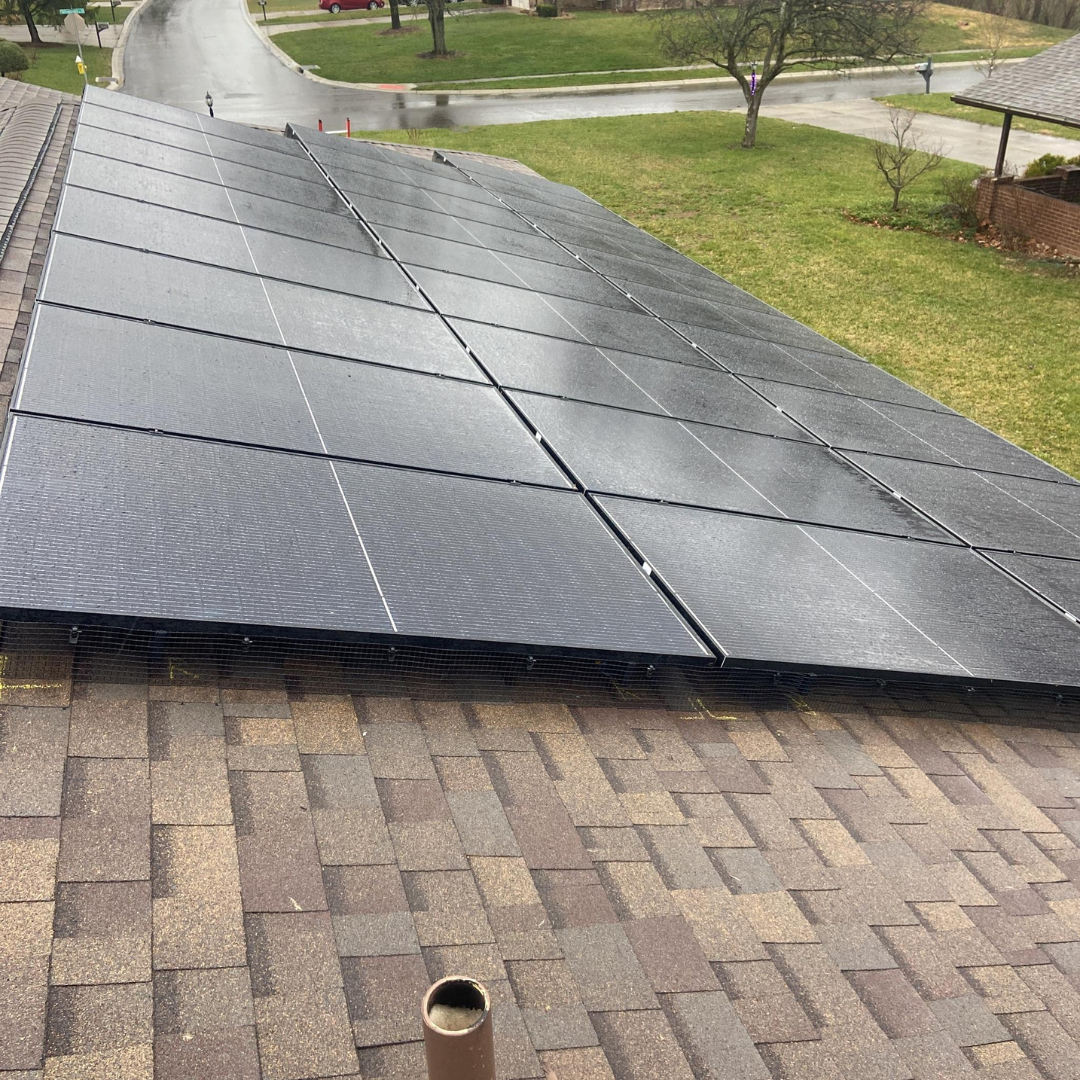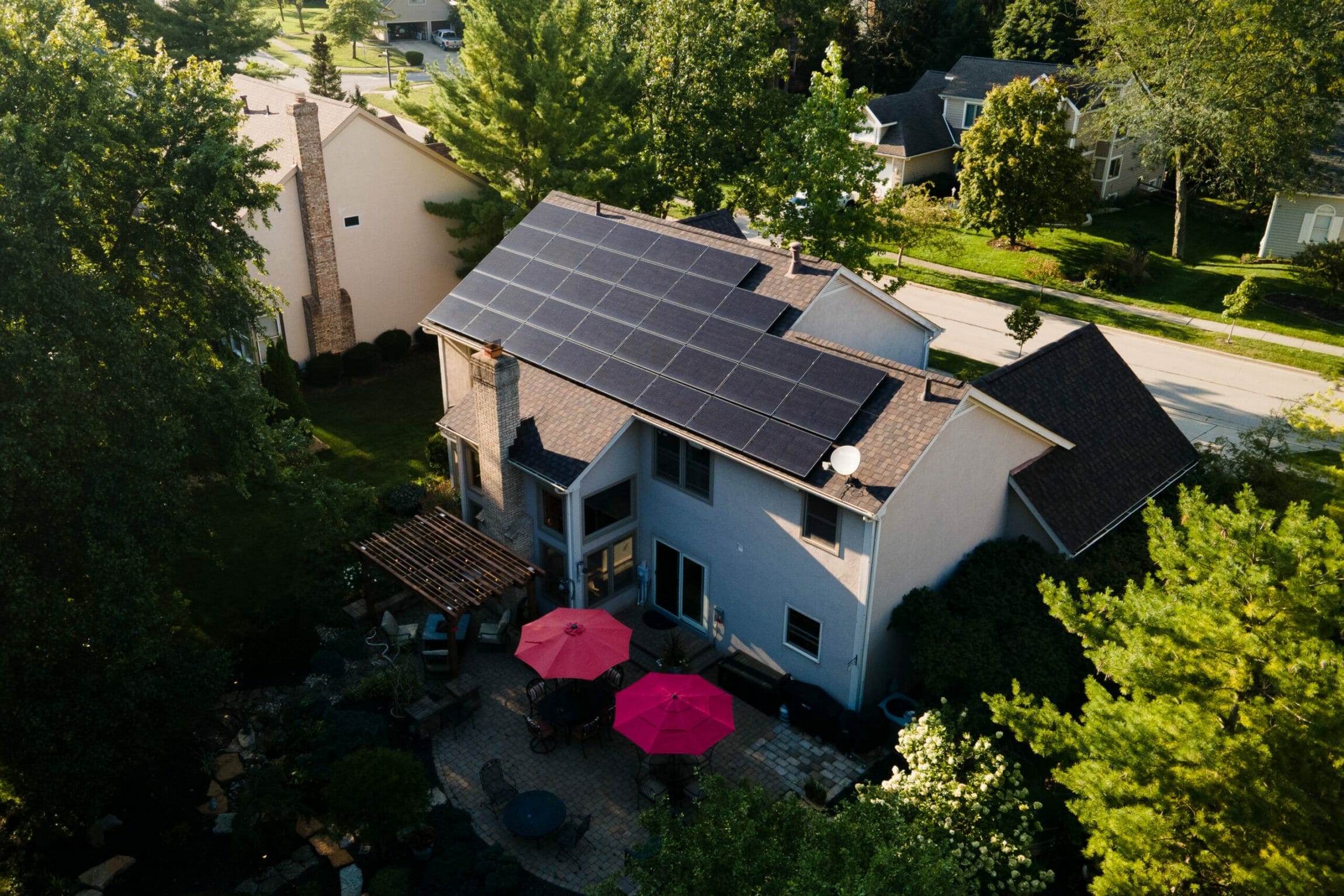What is a REAP Grant
In 2023 the USDA REAP Grant was expanded.
The USDA’s Rural Energy for America Program, or ”REAP” as it’s known, provides grant funding and guaranteed loan financing to eligible small businesses and agricultural producers to implement renewable energy systems such as solar or make energy efficiency improvements.
I understand the USDA Reap Grant was expanded. What is new or different about the program this year?
Historically the REAP Grant could cover up to 25% of eligible project costs.
With the passing of the recent Inflation Reduction Act, or (IRA) bill, the USDA REAP grant can now cover up to 50% of eligible project costs for qualified projects.
Also, maximum grant size also increased from $500k to $1 million dollars.
What other changes are you seeing in the expanded REAP program?
Project funding opportunities: previously, there were two primary funding rounds – spring and fall.
The USDA is now holding six quarterly funding rounds resulting in increased opportunities for applicants to be awarded.
This expanded program comes with a significant investment – A little over $1B in funding.
This is an unprecedented investment to assist rural America in becoming more energy independent by reducing their energy costs with zero emissions solar energy.
Who qualifies for USDA REAP Grants?
Like a lot of USDA programs, the target is rural America, not simply those directly engaged in farming. To apply you must be either –
A Qualified Agricultural producer – that means Making at least 50% of their gross income from agricultural operations OR
For-profit small businesses – These businesses must meet SBA or small business size standards.
How about location?
For small businesses, you must be located in an “eligible area” There is a handy tool for this step.
If you qualify as an Agricultural producer, your operations can be located in a noneligible area.
When can I apply for a USDA REAP Grant?
As I mentioned earlier, Under the new program, Grants are accepted quarterly through September 30, 2024.
The first round of this new program kicked off on April 1st and closes on June 30th, with the next round beginning July 1st.
What happens if my grant is not awarded?
That depends on when your application was submitted.
If there were no issues with your application, and you simply didn’t score well enough compared to other applications, you can reapply in following quarterly submission rounds.
How Much will a REAP Grant Cover?
As mentioned, The grant can cover up to 50% of the total cost of your solar installation.
For example, an $80,000 solar installation project would request $40,000 in grant funding.
When will I receive the funding if my REAP Grant Application is awarded?
We get this question a lot! This is a reimbursement grant, and funding will occur once your system has been installed.
You simply fill out a few additional forms and submit your invoices to your local USDA office, automatically transferring funds into your account.
What documents do I need to submit for the REAP Grant?
As you might expect, there is a fair amount of paperwork required.
But you’re not alone. We provide assistance to our clients in preparing and submitting the application paperwork on their behalf.
Due to the nature of the information requested, it is the role of the applicant to provide us with all of the required information to submit your grant for you.
We can cover all the specific documents during your initial consultation.
Click the link below for a list of all required documents that will be needed to submit a REAP grant
How will this USDA REAP Grant improve ROI?
Solar is a great investment for many reasons. It’s a hedge against rising electric costs.
It’s been all over the news recently about the substantial electric rate hikes impacting consumers beginning yesterday, June 1st.
Also, other available federal solar incentives include a 30% Federal Investment Tax Credit or ITC and depreciation benefits.
Based on an applicant’s tax circumstances, a combined REAP grant and tax credit could cover up to 80% of your total project costs!
For projects awarded a USDA REAP Grant under this newly expanded program, we’re seeing simple project paybacks of 1-4 years. Incredible!
When can work begin on the project?
This depends.
If you’re moving forward with solar, regardless of the outcome of your grant application, work can begin on the project as soon as your local USDA Rural Development office has accepted the grant.
Alternatively, we can wait to begin work until the grant has officially been awarded.
There are some downsides to this approach, however, including delaying the energy cost-saving benefits of getting solar installed.
Also, you may want to take advantage of the tax credit, which has different rules than the grant and is tied to the year of installation.
How long would it usually take to hear back about the grant award?
Since applications are accepted right up to the final day of the funding round, it takes time to review all of the applications.
Each application is reviewed for accuracy and then scored.
Some rounds have more applications, and this work takes longer.
In our experience, awarded projects begin to receive notice anywhere from 6-8 weeks after the close of the funding round has ended, though we’ve seen it take longer based on volume.
This is another example of why it makes sense to go solar while waiting for the award’s notice.


